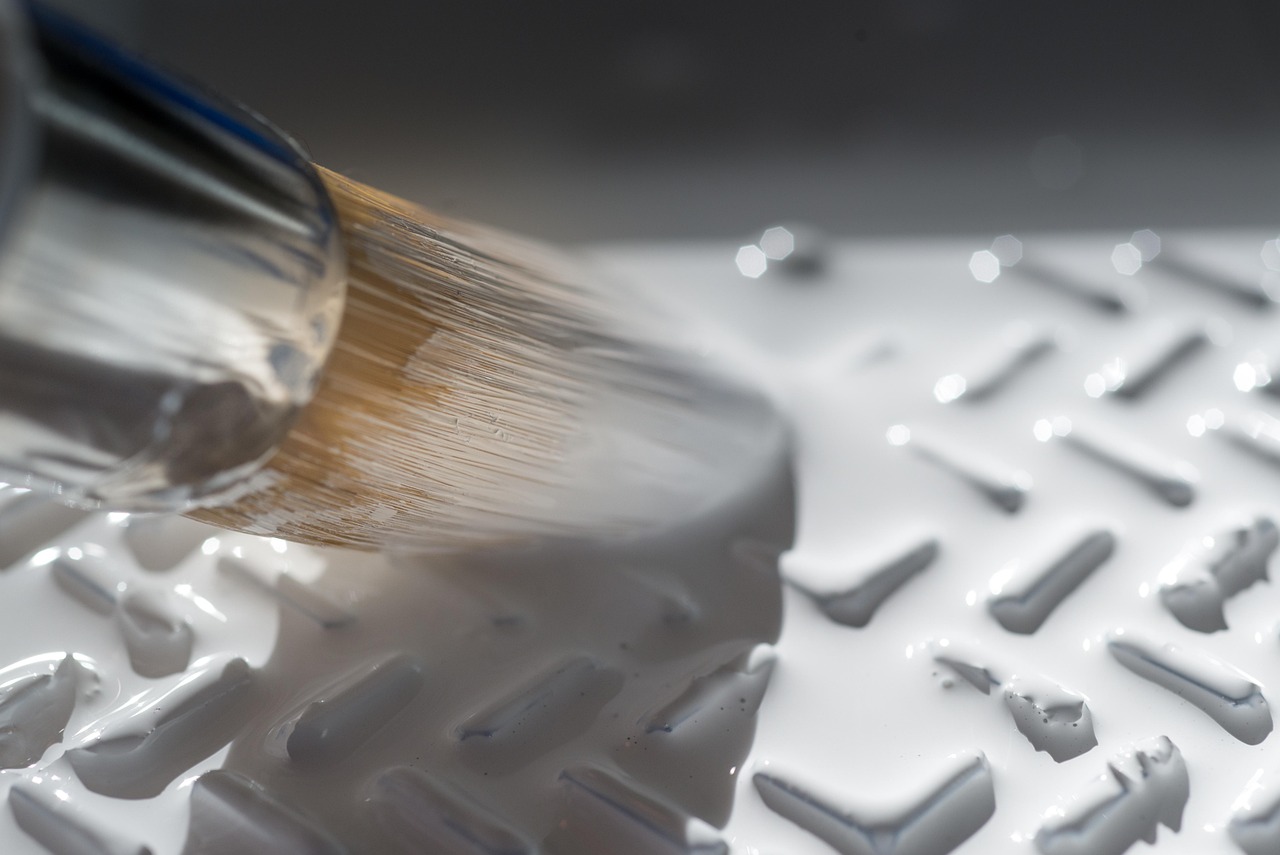Improving groundwater recharge explained
Get Climate Change Impacts in Oregon: Southeastern Oregon is also impacted by the water cycle shortages, read on…
The Great Basin’s Water Crisis: A Journey of Scarcity
Understanding the Challenge:
The Great Basin, a region encompassing parts of Oregon, Nevada, Utah, and California, faces a severe water shortage. This arid landscape, known for its majestic mountains and dry valleys, is struggling with the delicate balance of its water cycle. Let’s explore the journey water takes through this region:
The Water Cycle in the Great Basin:
- Evaporation: Water from lakes, rivers, and the soil evaporates into the air, creating moisture.
- Precipitation: This moisture condenses and falls back to Earth as rain or snow, replenishing the water sources.
- Runoff: Meltwater from snow and rain flows into streams, rivers, and lakes, providing water for plants, animals, and humans.
- Infiltration: Some water seeps into the ground, replenishing underground aquifers.
The Problem of Water Shortages:
- Climate Change: Rising temperatures and changing precipitation patterns disrupt the natural water cycle, leading to prolonged droughts and reduced snowfall.
- Increased Demand: Growing populations and agricultural needs put immense pressure on the limited water resources.
- Overuse: Excessive water extraction from aquifers has depleted groundwater levels, leaving some areas with dry wells.
Solutions on the Horizon:
The Active Climate Rescue Initiative is a dedicated group working to address the Great Basin’s water crisis. This initiative focuses on:
- Water Conservation: Promoting efficient water use in homes, businesses, and agriculture.
- Water Management: Developing sustainable water management practices to ensure equitable distribution of water resources.
- Climate Mitigation: Implementing strategies to reduce greenhouse gas emissions and combat climate change, which is a major driver of water scarcity.
What Can You Do?
Even small actions can make a difference. Consider these steps:
- Conserve Water: Fix leaks, water your garden efficiently, and reduce your water consumption.
- Support Sustainable Agriculture: Choose products from farms that prioritize water conservation.
- Advocate for Change: Contact your local officials and support policies that promote water conservation and responsible water management.
Together, we can help ensure a sustainable future for the Great Basin, a region that is crucial for our environment and economy.
The Great Basin’s Thirsty Story: How Water Flows (and Doesn’t) in the West
TL;DR – The Great Basin, including parts of Oregon, is running out of water. Climate change is making things worse, but there are things we can do to help!
A Land of Mountains and Dryness
The Great Basin, a vast area in the western United States, is a land of mountains, deserts, and dry valleys. This region gets very little rain each year, and what rain does fall often evaporates before it can sink into the ground. The Great Basin’s water cycle, the journey water takes from the sky to the ground and back again, is a delicate dance, and it’s facing a big challenge: water shortages.
The Water’s Journey
The Great Basin’s water cycle starts with snow that falls on the high mountains. As temperatures warm, the snow melts, creating rivers and streams that flow downhill. Some of this water sinks into the ground, creating underground reservoirs called aquifers. But much of the water evaporates back into the atmosphere due to the hot, dry climate.
A Changing Cycle: Climate Change and Water Scarcity
Climate change is throwing a wrench into the Great Basin’s water cycle. Warmer temperatures mean less snow falls in the mountains, and the snow melts earlier in the year. This means less water is available to refill the rivers, streams, and underground aquifers. Droughts, periods of very low rainfall, are becoming more common and intense, further stressing the already limited water supply.
The Impacts of Water Shortages
Water shortages are causing problems for people, plants, and animals throughout the Great Basin. Farmers are struggling to grow crops, and ranchers are having to move their livestock to find water. Wildlife, like deer and fish, are losing their habitats. In cities and towns, water restrictions are becoming more common, and people are being asked to conserve water.
Fighting Back: Solutions for a Thirsty Land
The good news is that there are things we can do to address the Great Basin’s water shortage problem. Here are a few ideas:
- Water Conservation: We can all do our part to conserve water by taking shorter showers, watering our lawns less often, and fixing leaky faucets.
- Innovative Irrigation: Farmers can use new technologies like drip irrigation to deliver water directly to the roots of plants, minimizing waste.
- Improving Groundwater Recharge: We can help replenish groundwater supplies by promoting activities that increase the amount of water that soaks into the ground, such as building rain gardens and using permeable paving materials.
- Policy Measures: Government policies can help conserve water by encouraging water-efficient appliances and landscaping, and by investing in research to find new ways to manage water resources.
The Active Climate Rescue Initiative: A Beacon of Hope
The Active Climate Rescue Initiative is a group dedicated to solving the Great Basin’s water supply shortages. They are working on projects that help improve groundwater recharge and reduce the impacts of climate change. They are working to bring attention to the issues, and help communities find creative solutions.
A Call for Action
The Great Basin’s water story is a reminder that water is a precious resource. We need to work together to protect this resource and ensure that there is enough water for everyone, both now and in the future. By understanding the challenges facing the Great Basin and embracing solutions, we can help create a more sustainable future for this amazing region.
More on Improving groundwater recharge…
- ## SEO Keywords Related to “Improving Groundwater Recharge” and/or “Climate Change Impacts”
- General Keywords:
- Groundwater recharge
- Groundwater replenishment
- Climate change impacts on groundwater
- Water scarcity
- Drought
- Climate resilience
- Sustainable water management
- Water conservation
- Water security
- Water resources management
- Specific Keywords:
- **Improving Groundwater Recharge:
- Artificial recharge
- Managed aquifer recharge
- Rainwater harvesting
- Urban stormwater infiltration
- Permeable pavements
- Green roofs
- Recharge basins
- Recharge wells
- Groundwater modeling
- Recharge optimization
- Groundwater level monitoring
- Sustainable land management
- Soil health
- Afforestation
- Water infiltration rate
- Recharge capacity
- **Climate Change Impacts on Groundwater:
- Sea level rise
- Saltwater intrusion
- Reduced precipitation
- Increased evaporation
- Climate change adaptation
- Water stress
- Water quality degradation
- Groundwater depletion
- Aquifer subsidence
- Drought frequency and severity
- Extreme weather events
- Impact of climate change on water resources
- Climate change mitigation
- Location-Specific Keywords:
- [Specific Location] + groundwater recharge
- [Specific Location] + climate change impacts on groundwater
- [Specific Region] + water scarcity
- [Specific City] + drought
- [Specific Country] + water security
- Long-Tail Keywords:
- How to improve groundwater recharge in urban areas
- Best practices for rainwater harvesting to enhance groundwater recharge
- The impact of climate change on groundwater levels in [Specific Region]
- Strategies for mitigating saltwater intrusion due to climate change
- Sustainable land management practices to improve groundwater recharge
- Climate change adaptation measures for groundwater management
- The role of artificial recharge in mitigating water scarcity
- The economic benefits of investing in groundwater recharge projects
- Other Keywords:
- Groundwater recharge technology
- Groundwater management software
- Groundwater monitoring equipment
- Climate change research
- Water resources research
- Sustainable development
- Environmental protection
- Green technology




